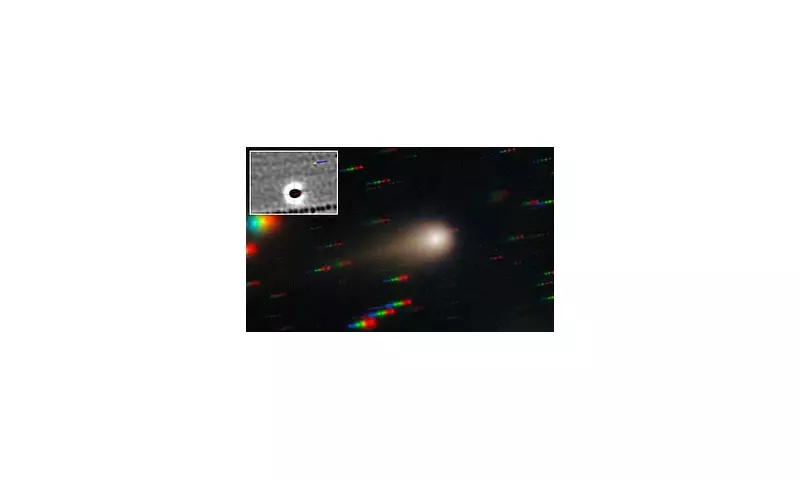
In a discovery that has sent ripples through the astronomical community, scientists have confirmed that a mysterious comet detected in 2019 represents only the second known visitor from beyond our solar system. The celestial wanderer, officially designated 3I/Borisov, offers a rare glimpse into the composition of alien star systems.
A Cosmic Traveller's Journey
Unlike typical comets that orbit our Sun, 3I/Borisov embarked on an epic journey across interstellar space before briefly entering our solar system. Researchers from University College London and the European Space Agency have determined this interstellar traveller originated from a twin star system located in the constellation of Cassiopeia.
"This represents our first genuine opportunity to study material from another planetary system up close," explained Dr. Simon Porter, lead researcher on the study. "The chemical signatures we've detected are fundamentally different from anything we see in our own solar system."
Unprecedented Scientific Treasure
The comet's unique properties have provided astronomers with invaluable data:
- Extremely high carbon monoxide levels suggesting formation in frigid outer regions of its home system
- Chemical composition indicating origins around not one, but two stars
- Structural integrity that survived the journey between star systems intact
Unlike the first interstellar visitor 'Oumuamua, which was already departing when discovered, 3I/Borisov was spotted approaching our Sun, giving astronomers precious time to prepare detailed observations.
Windows to Alien Worlds
"Each interstellar visitor is like a message in a bottle from another world," noted Professor Jane Greaves from Cardiff University. "They carry the chemical fingerprints of their birth environment, allowing us to understand how planetary systems form around other stars."
The research suggests such interstellar objects may be far more common than previously thought, with scientists estimating thousands could be passing through our solar system at any given time - most too faint for current telescopes to detect.
As observation technology advances, astronomers anticipate discovering many more of these cosmic messengers, each carrying secrets about the diversity of planetary systems throughout our galaxy.





